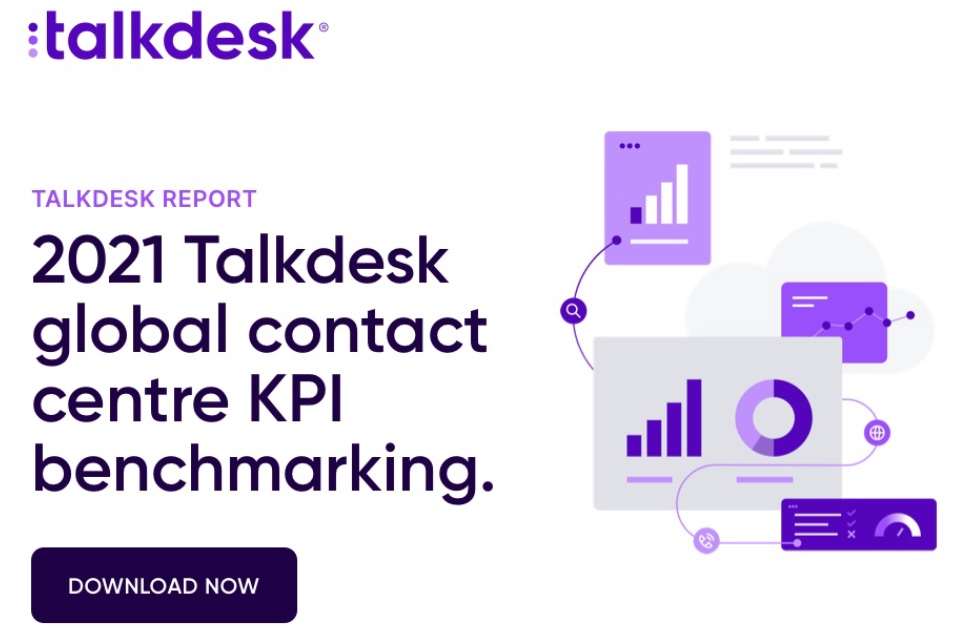Consumers blame banks, retailers and social media for ‘scamdemic’
https://contactcentresummit.co.uk/wp-content/uploads/2021/10/scam-4126798_1280-2.jpg 960 640 Stuart O'Brien Stuart O'Brien https://secure.gravatar.com/avatar/81af0597d5c9bfe2231f1397b411745a?s=96&d=mm&r=gConsumers think banks, retailers and mobile operators need to do more to protect them and their personal information from fraudsters.
That’s according to research conducted by Callsign, which says trust in these organisations is eroding fast because consumers say they are drowning in scam messages from fraudsters spoofing brand names daily.
The problem has become so pervasive that consumers don’t trust the technology, processes designed to protect them from fraudsters, and confirm identities with many adamant that users must prove beyond doubt who they are when logging in to use a platform, and that there should be an online identity system to quell the surge of scams.
Stuart Dobbie, SVP, Innovation at Callsign, said: “Our data demonstrates that consumer trust in our digital world has vanished and – rightly or wrongly brands – are being blamed. Yet the sense is that little is being actually done to purposely re-establish digital trust through complete and accurate digital identities.”
The survey of global consumers revealed that over a third (35%) of UK consumers say their trust in businesses such as banks, retailers, mobile network operators and delivery companies, has decreased due to persistent scams spoofing brand names. With UK consumers (44%) asking mobile network operators to do more to stop scammers using their platforms, and over a third (37%) asking the same of banks.
People claim to have received scams through email (76%), SMS (66%), phone (58%), messaging apps (15%) and social media (12%) in the last year. But two fifths (40%) of UK consumers don’t know where or who to report a scam message to, or simply get too many to bother (36%). Almost two thirds (60%) of UK consumers don’t trust organisations to keep their data safe; 44% of UK scam victims react with suspicion wanting to know where fraudsters got their details.
Therefore, it’s no surprise that consumers are calling on businesses to do more to keep them safe and when it comes to stopping fraud and scammers, consumers know what action they want organisations to take. More than a third (38%) of UK consumers think users should have to prove who they are when logging into a platform.
Dobbie added: “With consumers feeling the brunt of perceived inaction by organisations, it’s no surprise that they are asking for more protection. If we continue to be unable to know and trust that the person is who they say they are online, large parts of our society will stop working. Digital Trust is about the confidence we have in the technology, processes and people to secure our digital world. Digital Trust is underpinned by digital identities, and the fact that scams are running wild proves that our digital identities are well and truly broken.”









